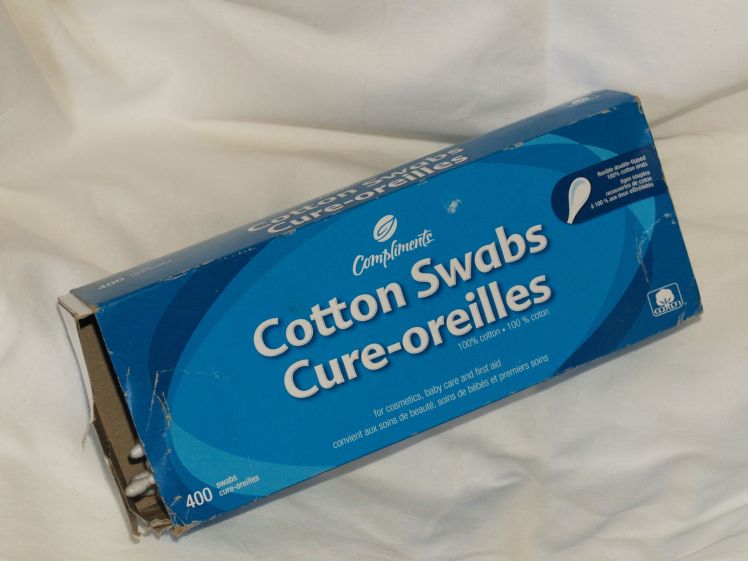So you want to fix a clock – a beginner’s toolkit. This article will describe some of the tools required to tackle the repair and/or cleaning of mechanical clocks.
Disclaimer. While not a trained horologist I have some advanced skills-sets but I am still learning as I go
Based on 5+ years of clock repair the following are a selection of tools I believe every beginner should have in their toolkit. Some of these items can be sourced at your local hardware store though specialty items must be ordered from clock suppliers such as Timesavers in the USA, Perrin for those in Canada, or Meadows and Passmore for those in the UK. Avoid craft shops much as possible. They are ideal for paint and paintbrushes but they tend to charge much higher prices for tools. A ball peen hammer bought at a hardware store costs half as much as one found in a craft shop.
It pays to spend a little more for better quality
The lead photo shows an assortment of clock keys that would fit just about any clock winding arbour.
Here is what you need
Magnifier: They are available in various strengths and allow a much closer view of your work.

Work light: Illuminates your work, this one articulates and has a magnifier.

Pliers: A variety of pliers to hold on to your work, release taper pins, tighten nuts, cut wires. The green handle pliers are non-serrated (flat-nose).

Hammers: A ball peen hammer is very useful (not pictured). The craft clip holder is useful for steadying items that are to be soldered.

Files: Variety of sizes to help shape or file down anything on a movement.

Tweezers: Getting into tight situations, grabbing small parts, positioning parts into place are typical uses for tweezers

Level: To find the correct beat the movement (clock) must be level.

Spring clamps: To restrain the power of the mainspring. The flat clamp (upper right) is for those mainsprings which do not leave a lot of working room. Otherwise, the other round clamps are good for most applications.

Screw drivers: Always handy to remove movements from cases, loosen bolts, pry parts.

Letdown set: Before working on a movement the mainsprings must be letdown or restrained in their clamps. The letdown key is the safest method of letting down the mainsprings. Inserts cover most arbour sizes.

Hand reamers and broaches (cutting and smoothing): For bushing clocks when you cannot afford the luxury of a bushing machine. Cutting and smoothing broaches are useful for enlarging a new bushing when tight tolerances are required. They come in assorted sizes.

Cotton swabs: A variety of cleaning uses.

Clock oil: Once the movement is apart and cleaned it must be re-assembled then oiled prior to use. The oil, whether it is conventional or synthetic, must be specifically designed for a clock movement.

Toothpicks: For cleaning and “pegging out” bushings on a movement

Clock stand: Once the movement has been re-assembled it is tested outside the case for a short period. Gene’s movement stand is a fully adjustable test stand.

Camera: At every part of the process a digital camera can record critical stages in assembling and dis-assembling a movement. I use a 50mm macro lens for close work.

Electronic Caliper: Indispensable for measuring the thickness of anything, springs, pivots, plates and so on. Available at a clock supply house or save a little money and buy the same tool from a retail outlet such as Canadian Tire in Canada.

One might also add a pivot locator, an excellent tool for aligning pivots with their holes during assembly.
Build you set of tools little by little to spread the cost. You may already have some of the items I’ve mentioned but buy what you need when you need it. As for those specialized tools, broaches for example, it pays to spend a little extra for better quality.
These are the tools you require to start your journey into clock repair. If you have a tool (or tools) you feel is indispensable for the beginning clock-maker please let me know.
In Part II I will describe tools for those who would wish to advance their skills in clock repair.

I like how you pointed out some of the tools that are needed to repair a clock such as screwdrivers and spring clamps. My dad told me that his old clock that he has in his living room stopped working and he does not want to get rid of it. I will help him look for a repair shop so that it can be properly fixed.
LikeLike
I see you in PA. Thanks for your comment. Some of the tools you need are simply common ones around the house, others, of course, are specialized.
Ron
LikeLike